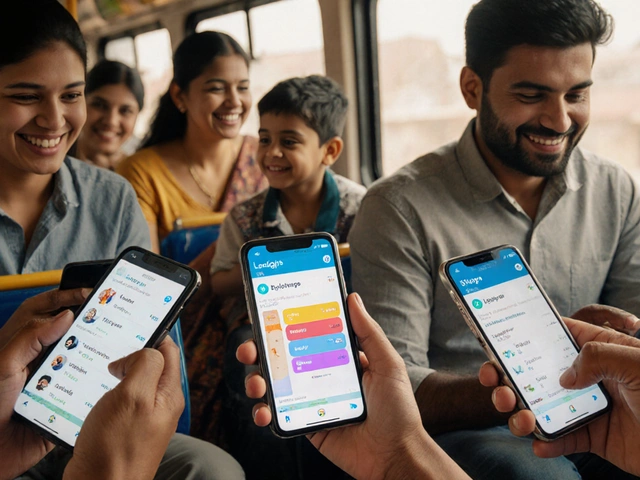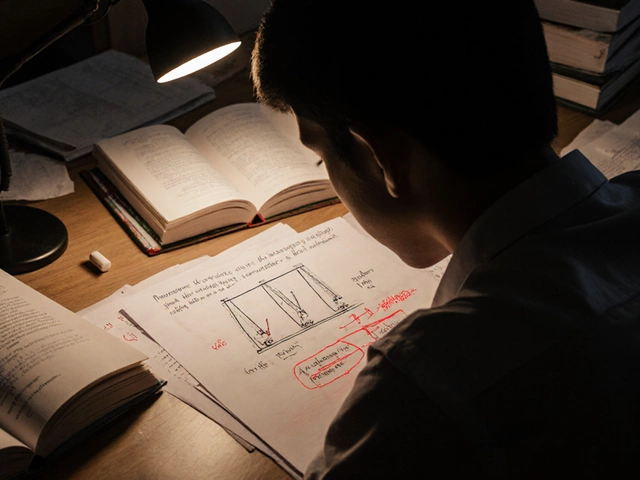Future Teachers: What It Really Takes to Teach in Today’s Classrooms
Being a future teacher, someone preparing to enter the teaching profession with modern skills and mindset. Also known as next-generation educator, it means more than passing on facts—it’s about building confidence, curiosity, and resilience in students. The old model of standing at the front of a room and lecturing? It’s fading fast. Today’s classrooms need teachers who can adapt, tech-savvy or not, and who know how to make learning stick—even when students are distracted, tired, or unsure they care.
That’s why so many future teachers are now learning eLearning, a structured way to deliver education through digital platforms, combining videos, quizzes, and feedback to keep learners engaged. Also known as online learning, it’s not just a backup plan—it’s a core skill. Whether you’re teaching English in a rural school or leading a virtual class in a city, you’ll need to know how to design lessons that work on screens, phones, and in mixed settings. And it’s not just about tools. It’s about mindset. The best teachers don’t just use apps—they understand how people learn, and they build habits, not just syllabi. Take English language teaching, the practice of helping non-native speakers gain real fluency through communication, not just grammar rules. Also known as communicative teaching, research shows that students who speak early—even badly—become fluent faster than those who wait until they’re "ready." The same principle applies to every subject: learning happens when students are doing, not just listening. A future teacher doesn’t need to have all the answers. They need to know how to ask the right questions, create space for mistakes, and turn confusion into curiosity.
And it’s not just about what you teach—it’s about how you survive the job. Teaching is one of the most emotionally demanding careers. Burnout is real. That’s why future teachers are now learning how to manage stress, set boundaries, and protect their mental health—just like their students. The most effective educators aren’t the ones who work the longest hours. They’re the ones who work smart, rest well, and stay connected to why they started.
Below, you’ll find real guides from teachers who’ve been there: how to teach English without textbooks, why online learning tools are changing classrooms overnight, and what actually separates good teachers from great ones. No fluff. No theory without practice. Just what works—right now.

Understanding Teacher Training: A Closer Look at Being a Teacher in Training
Teacher in training, often referred to as student teachers or trainee teachers, are individuals on the path to becoming professional educators. This role involves a blend of theoretical learning and practical experience in classrooms, honing the skills required for effective teaching. Understanding the dynamics of this crucial phase helps aspiring teachers prepare and adjust to their future in education. The journey of teacher training has evolved, offering more personalized and hands-on strategies. Dive into what it truly means to be a teacher in training.



